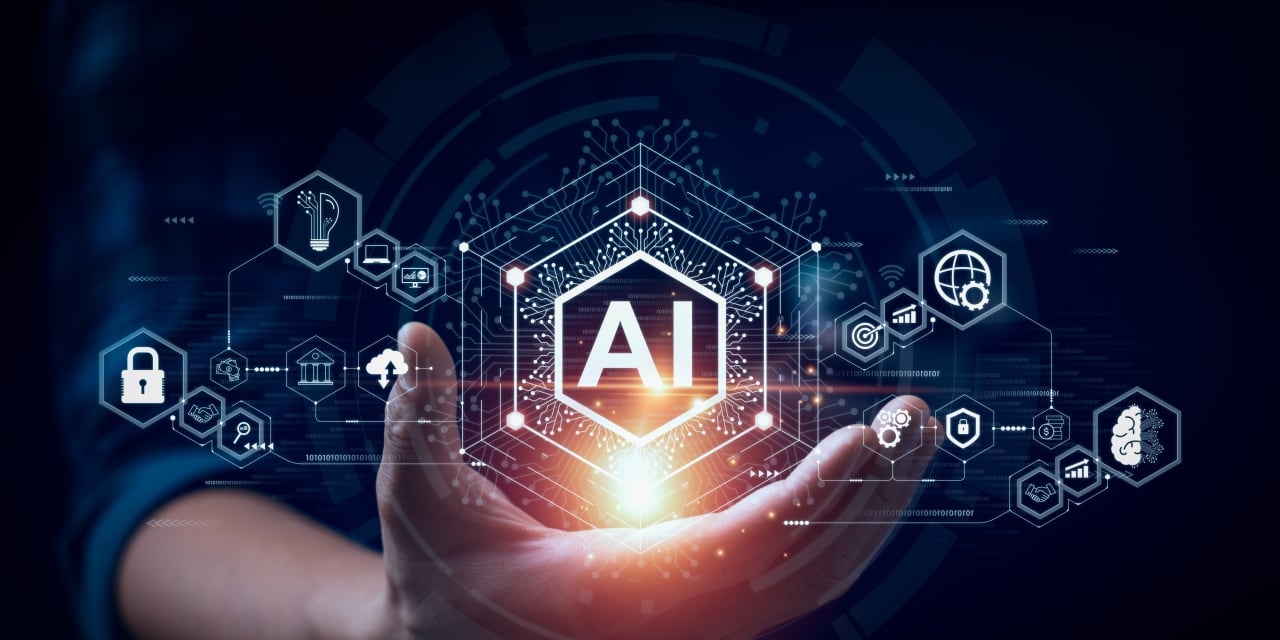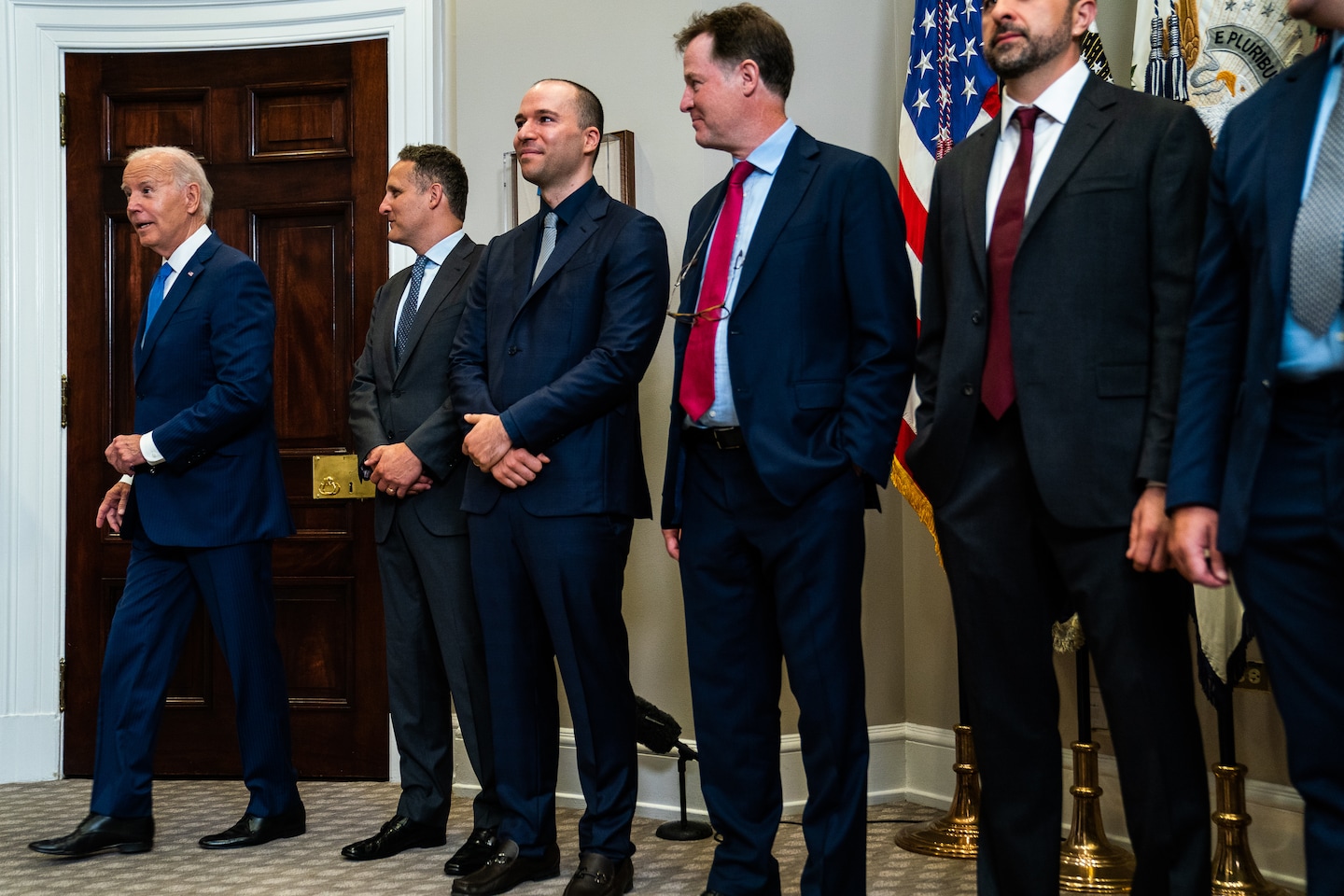As the decline in American pandemic-era savings becomes apparent, the trend of working from home is moderating, and new consumer behavior patterns are coming to the forefront, the post-COVID economy is beginning to take shape.
Following a few years of U.S. GDP growth hovering around 1%, a gradual increase is expected, potentially stabilizing at 2% or higher as households and businesses streamline their finances. Despite this growth, it is unlikely that interest rates or inflation will revert to pre-COVID levels.
Inflationary economic shifts are being driven by various factors such as reducing trade risks with China, a transition towards clean energy, stricter construction regulations, and challenges related to limited land, skilled labor, and building materials. These factors make it difficult to reach the 2% inflation target set by the US Federal Reserve. Governments in the United States and Europe may encounter obstacles in reducing deficits through spending cuts and tax hikes, especially considering the current historically high levels of GDP.
To boost government expenditure, particularly in critical areas like energy transition and defense, central bankers may face pressure to monetize debts. Failure to implement spending reductions could lead to an increase in long-term interest rates. The dilemma between maintaining national solvency and addressing political consequences poses a challenge, particularly in a political climate where raising taxes significantly is unlikely.
Industries such as capital-intensive clean energy, artificial intelligence, and infrastructure resilience against climate change are at risk. The cost of developing innovative systems has risen, with companies like Microsoft investing significantly in ventures like OpenAI. Similarly, Google, now known as Alphabet, received substantial initial funding in the past.
Regarding interest rates, retirees may consider adjusting their investments in equity and fixed-income assets. While the U.S. 10-year Treasury Bond is projected to remain around 4%, longer-term rates could rise with the economy gaining momentum. Investments in AI and clean energy are expected to contribute to a more sustainable and technology-driven economy in the United States, potentially yielding higher returns.
Embracing change and progress is essential. Advancements in AI can lead to career transformations, job displacements, and enhanced workforce productivity. Despite challenges and skepticism, innovations like large-language models have the potential to revolutionize various sectors, including journalism, fraud detection, employee recruitment, and insurance assessment.
The ongoing legal dispute between the New York Times and OpenAI underscores the complexities of utilizing AI technologies for information processing and content creation. While some entities have formed strategic partnerships with OpenAI to enhance their operations, regulatory challenges and legal battles continue to shape the landscape of AI integration.
The Biden administration’s recent announcement of a $5 billion investment in new computer-chip research and development facilities highlights the government’s commitment to fostering technological innovation and economic growth.










